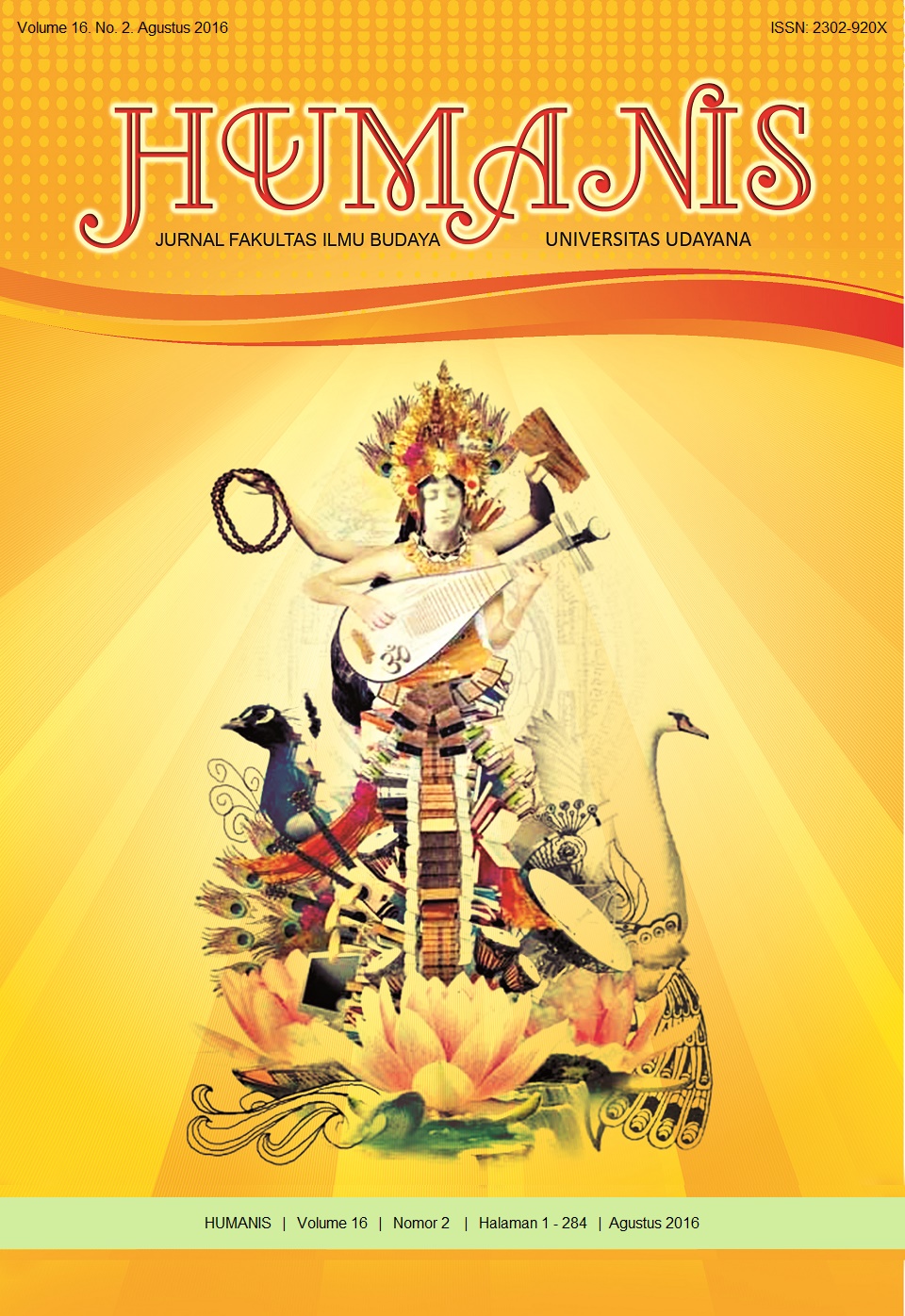RETORIKA DALAM NOVEL KAZE NO UTA WO KIKE KARYA HARUKI MURAKAMI
Abstract
This research aims to find out the Japanese rhetorics and contextual meanings in the Kaze no Uta wo Kike novels by Haruki Murakami. The data was analyzed using the descriptive analysis method. This research employs the theory of Japanese rhetorics by Seto Kenichi (2003) and the theory of contextual meaning by Mansoer Pateda (2010). There are 48 Japanese language styles in this novel. Rhetorical meanings of 38 data, rhetorical forms of 6 data and rhetorical structure of 4 data. Contextual meanings which consist of seven parts are discovered, namely : 7 data of human context, 19 data of situation context, 4 data of mood of the speaker or listener context, 4 data of time context, 1 data of setting of place context, 13 data of object context, and 1 data in linguistic context. In conclusion, the use of rhetorics in this novel serves to convey and determine a topic of conversation. The aforementioned topics of discussions are: the physical characteristics of a person, character, nature and circumstances that occur in the story. It aims to assist the readers to easily understand the meanings of Japanese rhetorics.


















